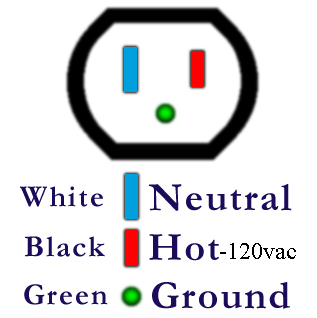Okay, so hello there, I was referred to this website from a friend.
I have a very unique problem, at least to my knowledge, that is foreign to me.
Recently I bought:
http://www.newegg.com/Product/Produc...tent-_-text-_-
and
http://www.newegg.com/Product/Product.aspx?Item=N82E16817152042
I got the motherboard, and something strange occurred, I went to test it with the power supply to make sure it started, and the light for the power supply would turn on, than turn off shortly after. This was a repeating cycle from simply pressing the power button on the motherboard (It has an on board power switch,) once.
Now, this is where it gets really odd. I assumed there was an issue with the motherboard, but when I turn the power supply's voltage switch to 230v the blue light spins up on the power supply, the lights on the mobo turn and stay green, and as far as I know everything is fine.
But I have to wonder, is this safe? Is this normal in some cases? I live in america, I'm not plugging the thing into a 220/230 volt line, my house is at 115. This all seems quite odd to me.
And if this is acceptable... is this safe to leave like this?
So many questions, the last thing I want to do is to jump into this, assume it's okay, and watch my computer explode before my eyes.
Looking forward to opinions and responses... until than, the rig I'm building is sitting in it's place, and I'm not even going to attempt to plug it in.
I have a very unique problem, at least to my knowledge, that is foreign to me.
Recently I bought:
http://www.newegg.com/Product/Produc...tent-_-text-_-
and
http://www.newegg.com/Product/Product.aspx?Item=N82E16817152042
I got the motherboard, and something strange occurred, I went to test it with the power supply to make sure it started, and the light for the power supply would turn on, than turn off shortly after. This was a repeating cycle from simply pressing the power button on the motherboard (It has an on board power switch,) once.
Now, this is where it gets really odd. I assumed there was an issue with the motherboard, but when I turn the power supply's voltage switch to 230v the blue light spins up on the power supply, the lights on the mobo turn and stay green, and as far as I know everything is fine.
But I have to wonder, is this safe? Is this normal in some cases? I live in america, I'm not plugging the thing into a 220/230 volt line, my house is at 115. This all seems quite odd to me.
And if this is acceptable... is this safe to leave like this?
So many questions, the last thing I want to do is to jump into this, assume it's okay, and watch my computer explode before my eyes.
Looking forward to opinions and responses... until than, the rig I'm building is sitting in it's place, and I'm not even going to attempt to plug it in.



